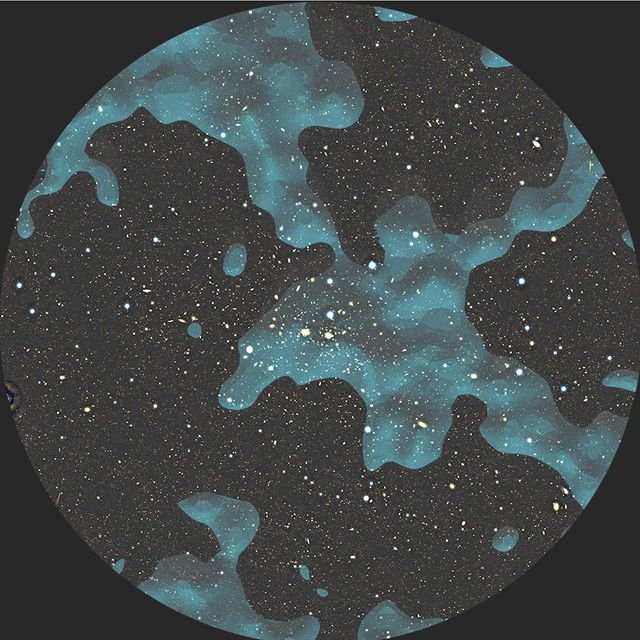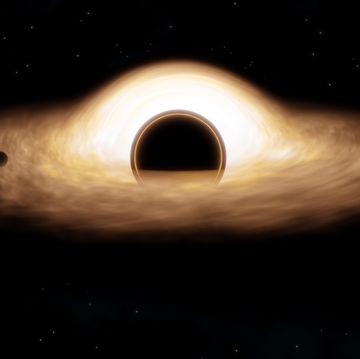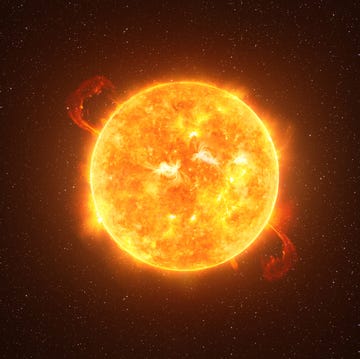- Researchers just detected dark matter on the cosmic web for the first time.
- Using a technique known as gravitational lensing, the team was able to detect the presence of dark matter even though we can’t see it, further confirming a long-held theory about the superstructure of our universe.
- Hopefully, the discovery will be able to teach us more about how our universe evolved.
For a long time, we thought the universe might be totally random. Galaxies flung hither and yon, black holes swirling at their centers, and everything from nebulae to nothingness scattered in between. Infinite space, infinite time—no pattern.
But in the 1970s, we found out we were wrong about that. It turns out that the universe has a pattern after all, and it’s one we are able to map. All of that pattern is built on the back of what is now known as the cosmic web. It’s mostly made up of galaxies, gas, and dark matter, and it crisscrosses the universe in a beautiful, spider-like pattern.
And recently, scientists made a huge discovery about this universal super-structure. For the first time ever, researchers were able to indirectly “see” the dark matter threads hanging from the strings of the web. The team published a paper detailing their findings in the journal Nature Astronomy.
“Through robust data analysis, the team identified the terminal segments of the invisible dark matter filaments attached to the Coma Cluster,” a press release on the study reads. “This is the first time these strands have been confirmed directly, giving new evidence for the idea that dark matter webs stretch across the Universe.”
The thing about dark matter is that it’s just that—dark. It doesn’t interact with light the way almost everything else in the universe does, and as a result, we can’t see it to study it. The only thing dark matter does interact with is gravity, which is how we know it exists in the first place. So, the team behind this study used the Subaru Telescope (located on Maunakea in Hawai’i) and made use of an observational technique known as gravitational lensing to get a look at this hard-to-clock material.
Gravitational lensing is basically using gravity like a magnifying glass. First, you put the large gravitational well (like dark matter) that you would like to learn about between you and a source of light (like a star or a galaxy). Then, you watch how the light travels to you from that light source. The light will bend and twist around the gravitational well, and the way it does so can tell you things about the object in the middle, like how massive it is.
And if it really looks like there’s nothing between you and a light source, but that light is bending around something, you have yourself some dark matter.
That’s exactly what the found when they looked at the Coma Cluster—a supercluster of galaxies 321 million light-years away where astronomers predicted several strands of the cosmic web would come together, and where dark matter strands would be plentiful as a result. When the team turned their telescope that direction, they saw the exact gravitational lensing signals they were hoping for. They were faint, but they were there.
Not only is this discovery exciting for its further confirmation of the existence of the cosmic web as we know it in the first place, but the team hopes that this detection of dark matter will teach us all a little more about the way the universe has evolved over time. Maybe someday, we’ll actually fully understand the vastness in which we reside.
Jackie is a writer and editor from Pennsylvania. She's especially fond of writing about space and physics, and loves sharing the weird wonders of the universe with anyone who wants to listen. She is supervised in her home office by her two cats.













